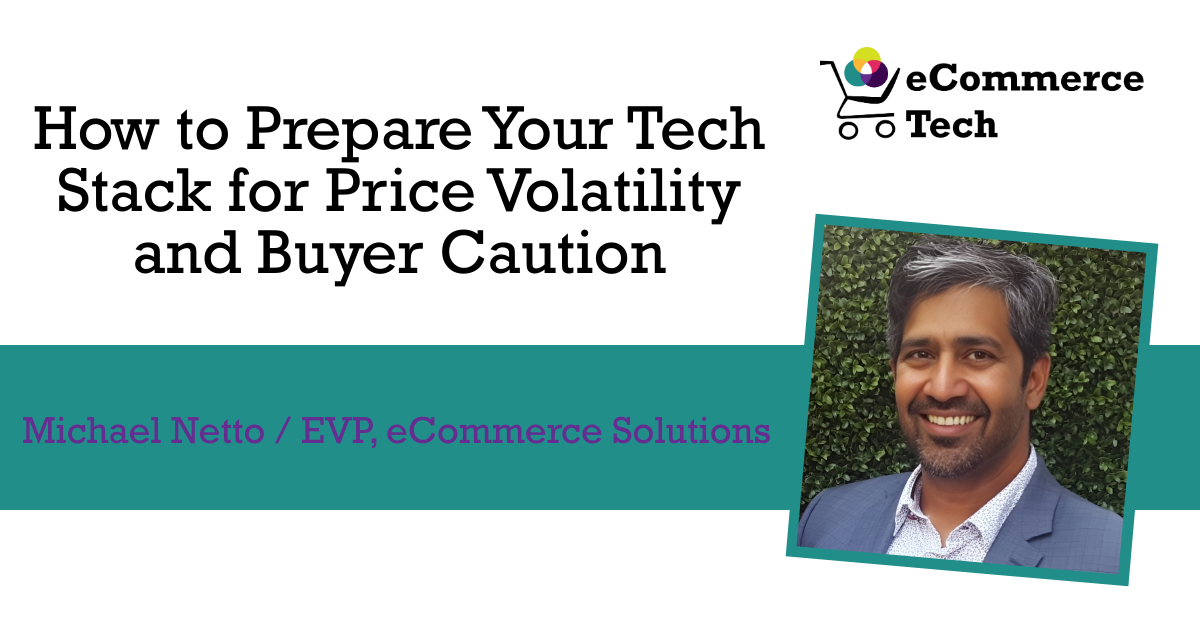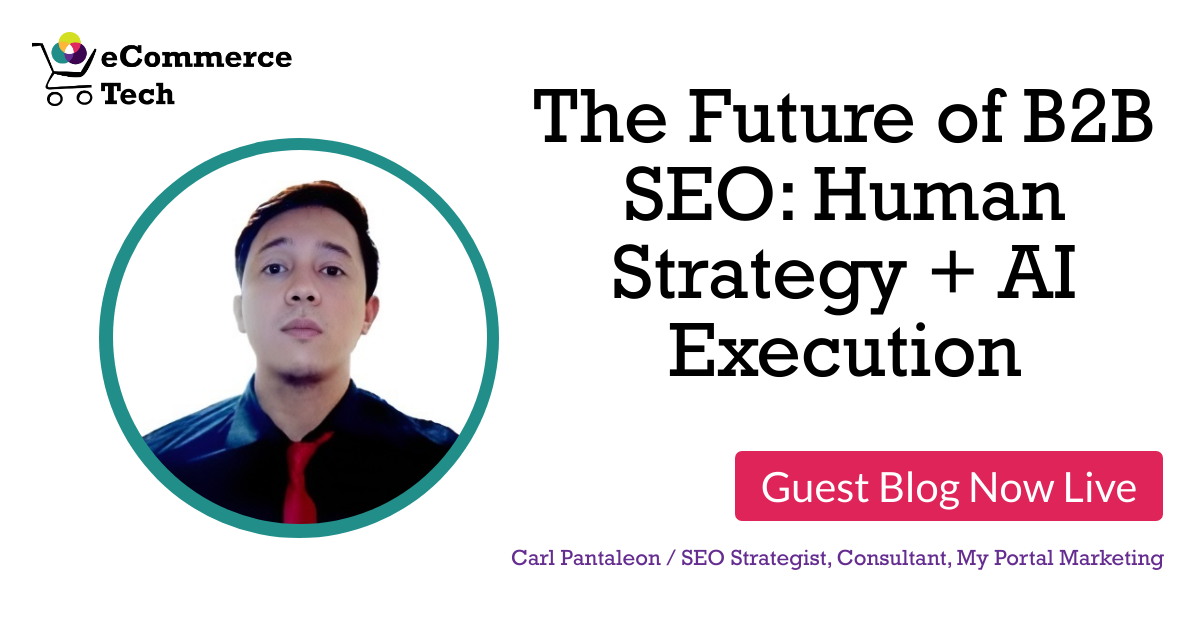Retail teams rush to livestream because it feels new and exciting. Yet most shows need hosts, studio time, and a social media push. Many projects stall after one quarter. At the same time, short videos with a tap-to-buy button are always on, cheap to create, and live inside the e-commerce app or site.
Studies report that 41 percent of viewers who watch a clickable product video go on to buy, and that adding this format lifts conversion by about 30 percent. Live shopping sits in a wide 9 to 30 percent conversion band during the show itself. It shines for one-off launches but fades when the camera switches off. The numbers are useful, but they tell only part of the story.
Reality Check on Live Shows
How much does a live-shopping show really cost? Even a “quick” broadcast carries a price tag. Production guides put the range between US$500 and US$30,000 per session, depending on crew size and influencer fees.
Cameras, lighting, hosts, promo ads, and post-editing all land on the same invoice. For many mid-market retailers, that equals or exceeds the budget for an entire month of short shoppable clips.
Why do streams lose shoppers the moment bandwidth wobbles? Mobile traffic peaks during a live drop, exactly when networks strain. Google’s retail study shows that every extra second of load time can cut mobile conversions by up to 20%. When the video buffers, viewers swipe away. Most never return to watch the replay, so the lost sale is permanent.
What happens after the host signs off? Audience energy fades fast the minute the camera goes dark. A replay needs its own traffic plan because, left alone, it draws only a slice of the viewers who showed up live. Without a replay strategy, most of the potential audience disappears as soon as the host says goodbye.
Why 15-Second Shoppable Videos Power Everyday Traffic
How do micro-videos keep loading fast? First, each story file is tiny, so the app pre-caches it during the first screen view. When playback starts, there’s no spinner, only motion. Firework backs this up: vertical clips drive 130% more engagement than horizontal formats on mobile.
Why is the set-up lighter than a live show? Next, a clip reuses what you already store: SKU feed, price, and stock. Shoot on a phone, overlay the tag, hit upload. No host, no stage. Because the player lives in a story ribbon, the content goes live without an App Store release.
How fast can you test and improve? Finally, shoppable videos rack up thousands of views per day. That volume lets you A/B-test a thumbnail or CTA before lunch and read results by dinner.
4 Moves That Turn a Clip Into a Cart
We’ve shown why 15-second shoppable clips load fast and go live in minutes. Now, let’s open one clip and see how it makes the sale.
1. Grab trust in six seconds
Start with action. Show the product at work: pour the serum, zip the jacket, flick the lamp switch. Short demos matter: 87% of shoppers have bought after watching a product video.
2. Invite the tap
Overlay a sticker that flips to reveal a one-time code. The tap feels playful and keeps the viewer in-frame. According to the study, 62% of US consumers hunt for coupons before paying.
3. Add gentle urgency
Slide in a five-minute countdown bar. The clock is visible but not loud; it says “buy now” without a shout. A/B tests show timers can lift conversions by up to 47 %.
4. Close without friction
Place an “Add to Cart” button right on the video. No jump to a product page, no extra scroll. Baymard’s checkout study finds that streamlined flows can raise conversion by 35%.
3 Ways to Add Shoppable Video to Your Tech Stack
Pick the path that fits your team. Build from scratch for full control, bolt on a plug-in for speed with some code, or go no-code when you need a same-day launch.
1. Full in-house build
Yes, if you have engineers and time. You drop a shoppable-video SDK and wire it to your product feed. You gain pixel-level control, but bigger code makes the app heavier.
2. Plug-In Add-On
Headless CMS and middleware tools now ship ready “shoppable video” blocks. In Strapi, for instance, you paste a tag, map price and SKU fields, and the clip appears in web and app views. Most brands launch in weeks, as hosting, hotspots, and analytics are hosted live on the vendor’s cloud. Deep design tweaks still need a developer later.
3. No-Code Platform
After a one-time SDK install, marketers can handle the rest from a browser console. They drop a clip into a template, add a “Buy” button, set the targets, and press publish. Since the SDK is already integrated into the app, new videos are automatically available on the next launch, eliminating the need for an additional store release. InAppStory is one example of a no-code platform that works this way.
Inside View From a Mobile Engagement Platform
First, do short videos move hard numbers? Across several mid-market retailers we studied, swapping a static banner for a 15-second “product of the day” clip lifted item-level checkout rates by up to 37%. About 52% of all active users opened the new format within 6 weeks. The gain is real. The price is predictable: someone must film tomorrow’s clip before shoppers open the app.
Will viewers keep watching once the novelty fades? Our data indicates that users return when the next clip offers something useful, but they also warn: stop teaching, and the line drops.
What does this mix of results tell a product team? Daily video works best when treated like a newsroom. Plan the clip, publish before lunch, read the evening numbers, adjust, repeat. The workflow shifts effort from engineers to editors. Done well, the rhythm adds steady conversion and engagement.
Which Format Wins the Mobile Cart?
Shoppable video takes the everyday prize. It loads in an instant. It lives inside the app. A small content team can swap a headline before lunch. Because clips never leave the screen idle, they keep a steady flow of items moving toward checkout.
Live shopping still has a place. It can turn a product launch into a shared moment. It can build community in real time. Yet a stream needs a host, a schedule, and a budget that grows with every extra camera. When the show ends, the screen returns to normal traffic.
The smart plan joins the two. Let short clips run all week and do the quiet work of testing offers and nudging buyers. Bring out a live broadcast for events that deserve a larger stage. Use the same view-to-cart funnel to judge both. If the numbers slip, adjust the mix. If the audience leans in, repeat what worked.








